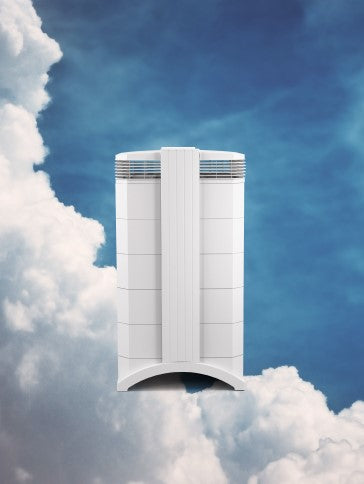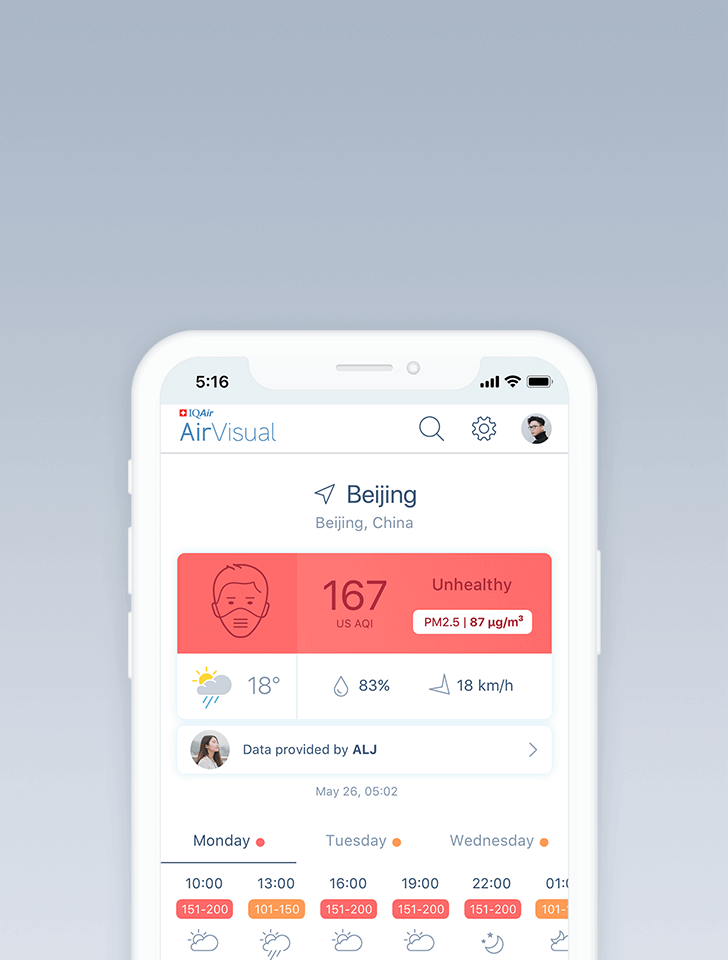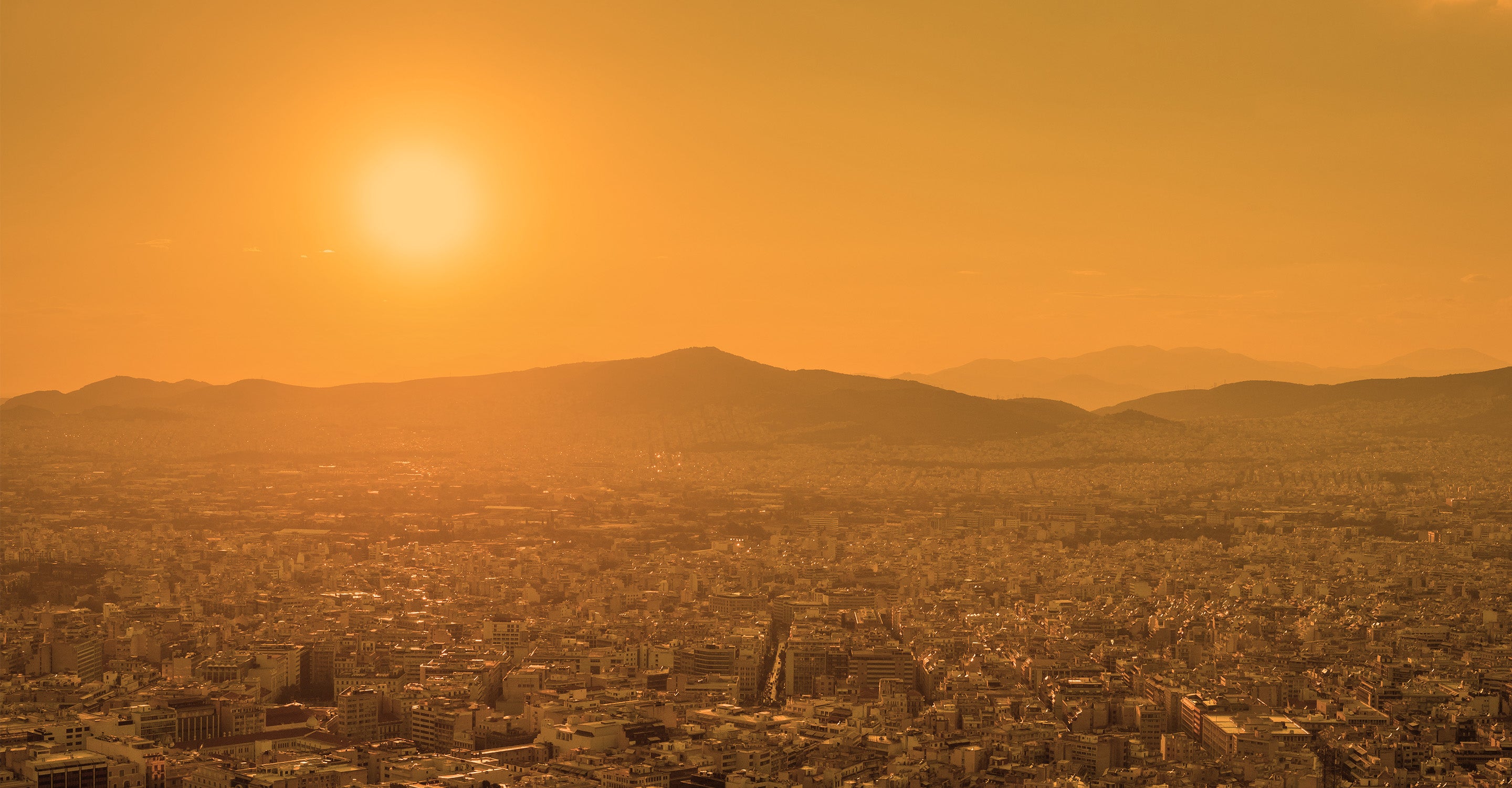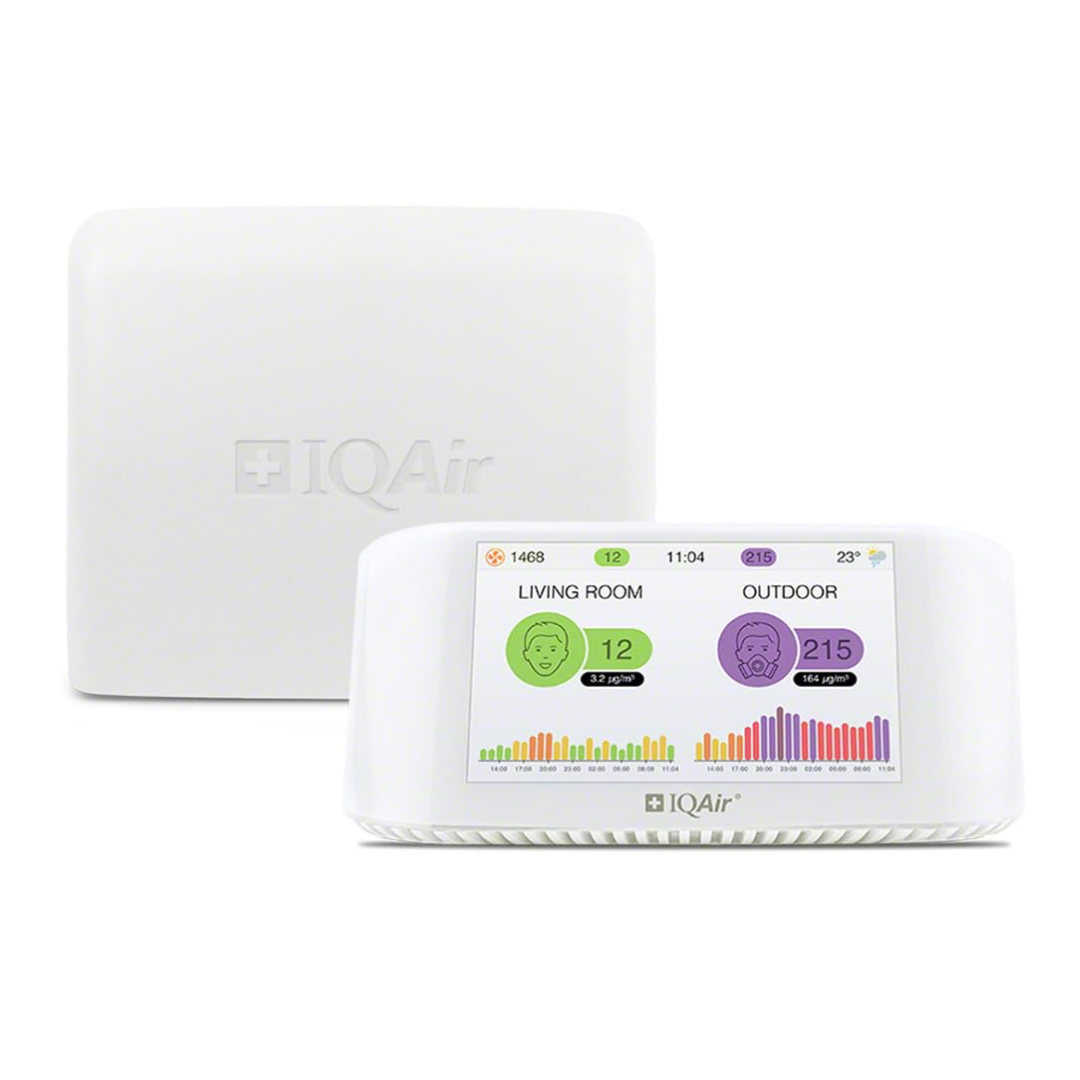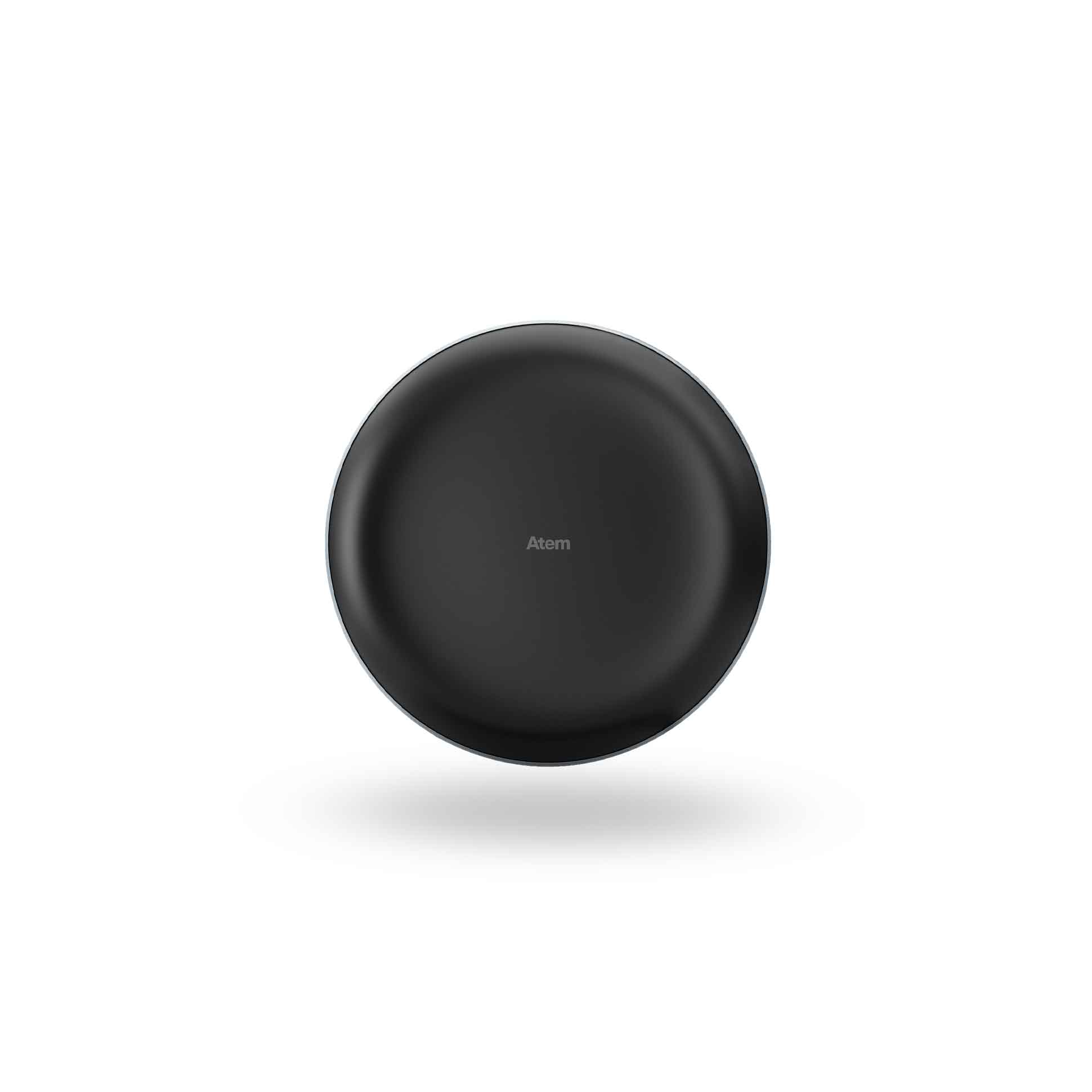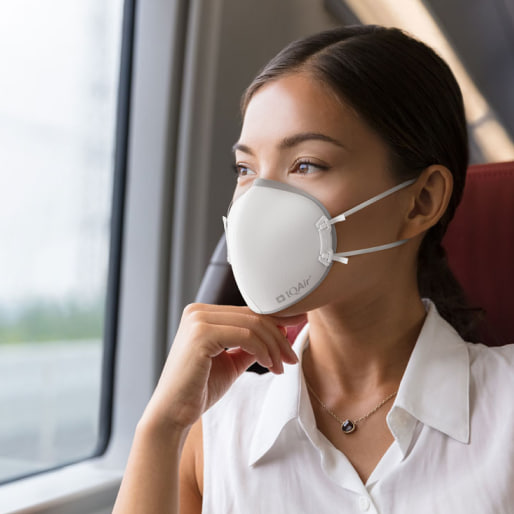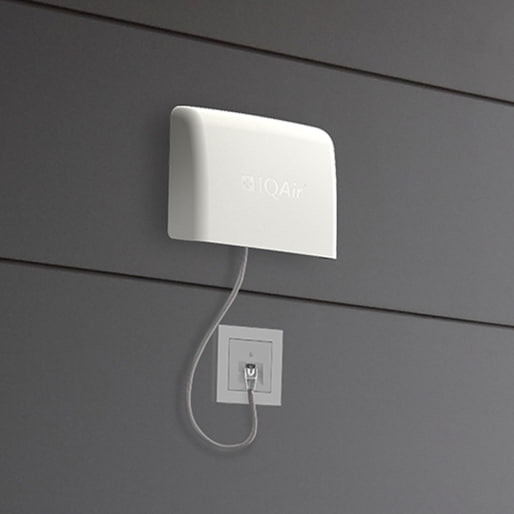Air quality in Jinan
Air quality index (AQI) and PM2.5 air pollution in Jinan
49.3K people follow this city

Jinan Air Quality Map
Real-time Jinan air pollution map
Weather
What is the current weather in Jinan?
| Weather | Clear sky |
| Temperature | 75.2°F |
| Humidity | 31% |
| Wind | 12 mp/h |
| Pressure | 29.7 Hg |
live aqi city ranking
Real-time China city ranking
| # | city | US AQI |
|---|---|---|
| 1 | Jilin, Jilin | 214 |
| 2 | Bayan Nur, Inner Mongolia | 191 |
| 3 | Yangcun, Tianjin | 165 |
| 4 | Zigong, Sichuan | 163 |
| 5 | Wuhan, Hubei | 162 |
| 6 | Caidian, Hubei | 161 |
| 7 | Changli, Hebei | 159 |
| 8 | Fangshan, Beijing | 156 |
| 9 | Jingmen, Hubei | 156 |
| 10 | Huanggang, Hubei | 155 |
(local time)
SEE WORLD AQI RANKING3D animated air pollution map

live Jinan aqi ranking
Real-time Jinan air quality ranking
| # | station | US AQI |
|---|---|---|
| 1 | Machine tool factory | 97 |
| 2 | Changqing Party School | 93 |
| 3 | Development zone | 91 |
| 4 | City monitoring station | 86 |
| 5 | Jiyang District Government | 86 |
| 6 | Kogan | 86 |
| 7 | Jinan Fourth Construction | 81 |
| 8 | Agricultural Institute | 80 |
| 9 | Jinping Middle School | 76 |
| 10 | Provincial seed warehouse | 76 |
(local time)
SEE WORLD AQI RANKINGUS AQI
86
live AQI index
Moderate
Overview
What is the current air quality in Jinan?
| Air pollution level | Air quality index | Main pollutant |
|---|---|---|
| Moderate | 86 US AQI | PM2.5 |
| Pollutants | Concentration | |
|---|---|---|
| PM2.5 | 29µg/m³ | |
| PM10 | 100µg/m³ | |
| O3 | 157µg/m³ | |
| NO2 | 14µg/m³ | |
| SO2 | 8µg/m³ | |
| CO | 500µg/m³ | |
PM2.5
x5.8
PM2.5 concentration in Jinan is currently 5.8 times the WHO annual air quality guideline value
Health Recommendations
What is the current air quality in Jinan?
| Sensitive groups should reduce outdoor exercise | |
| Close your windows to avoid dirty outdoor air GET A MONITOR | |
| Sensitive groups should wear a mask outdoors GET A MASK | |
| Sensitive groups should run an air purifier GET AN AIR PURIFIER |
Forecast
Jinan air quality index (AQI) forecast
| Day | Pollution level | Weather | Temperature | Wind |
|---|---|---|---|---|
| Monday, Apr 22 | Unhealthy for sensitive groups 122 AQI US | 82.4° 60.8° | ||
| Tuesday, Apr 23 | Moderate 60 AQI US | 68° 59° | ||
| Wednesday, Apr 24 | Moderate 81 AQI US | 84.2° 55.4° | ||
| Today | Moderate 86 AQI US | 87.8° 66.2° | ||
| Friday, Apr 26 | Moderate 99 AQI US | 87.8° 66.2° | ||
| Saturday, Apr 27 | Moderate 80 AQI US | 87.8° 68° | ||
| Sunday, Apr 28 | Moderate 77 AQI US | 80.6° 64.4° | ||
| Monday, Apr 29 | Moderate 88 AQI US | 78.8° 62.6° | ||
| Tuesday, Apr 30 | Moderate 71 AQI US | 66.2° 57.2° | ||
| Wednesday, May 1 | Moderate 70 AQI US | 77° 55.4° |
Interested in hourly forecast? Get the app
How to best protect from air pollution?
AIR QUALITY ANALYSIS AND STATISTICS FOR Jinan
What is the current level of air pollution in Jinan?
Jinan is the capital of Shandong province in Eastern China, it is the second-largest city in Shandong after Qingdao. A 2010 census estimated the population to be 6.8 million people. It is also known as the "Spring City" for its famous 72 artesian springs.
During the first half of 2021, Jinan was experiencing a period of “Moderate” quality air with a US AQI reading of 72. This is an internationally recognised system that allows comparisons between different cities, even if they are in different countries. It follows the guidelines laid down by the World Health Organisation (WHO). It is calculated by measuring six main pollutants most commonly found in polluted air. The concentration levels of these six pollutants in Jinan were as follows: PM2.5 - 22 µg/m³, PM10 - 54.5 µg/m³, ozone (O3) - 71 µg/m³, nitrogen dioxide (NO2) - 25 µg/m³, sulphur dioxide (SO2) - 9 µg/m³ and carbon monoxide (CO) - 500 µg/m³. These are all measured in micrograms or microns per cubic metre.
The advice given to people when the pollution levels are this high is to stay indoors as much as possible and to close doors and windows to prevent the ingress of more dirty air. Those people who are sensitive to pollution should avoid going out until the air quality improves.
The table at the top of this page will help you to decide when it is safe to venture out again.
Is the air quality in Jinan the same all year round?
Air pollution is very volatile and can change quickly depending on many variables. It is affected by the changing weather throughout the different seasons of the year. The figures have now been released for 2020 on the IQAir website so it can be seen how it changes.
The months where Jinan enjoyed the highest quality of air were the summer months, May, July, August and September. June would normally have been included but its readings rose by .2 µg/m³ which put it in the next classification. Throughout most of the summer, the air quality was “Moderate” with readings between 12.1 and 35.4 µg/m³. Earlier in the year during the springtime, the months of February, March and April returned poorer air quality readings with figures between 35.5 and 55.4 µg/m³ which put in the “Unhealthy for sensitive groups” category. The same occurred in October when the figure was 45.4 µg/m³. The remaining months of the year showed another decline in quality. During November, December and January the figures recorded were between 55.5 and 150.4 µg/m³ which categorised it as being “Unhealthy”.
Records have been kept since 2017 when it was seen that the average annual air quality was 63.7 µg/m³. A slight improvement was seen the year after in 2018 when 52.9 µg/m³ was logged as the annual average. In 2019, a slight decline was seen with a mean figure of 54.4 µg/m³ but then last year saw a much lower figure of 49 µg/m³. However, this might be artificially lower due to the restrictions imposed because of the COVID-19 pandemic when the use of personal vehicles was restricted and non-essential industry was also suspended in order to try to contain the spread of the virus.
What is the source of air pollution in Jinan?
Dust, motor vehicle exhaust, emissions from coal burning, and industrial production are still the largest pollution sources of inhalable particulate matter (PM10) and fine particulate matter (PM2.5) in Jinan.
The main source of PM2.5 changed from coal burning in 2016 to motor vehicle pollution in 2017. The reason for the exchange of the two is the "one increase and one decrease" of their respective contribution rates. In 2017, the contribution rate of motor vehicle pollution to PM2.5 was 32.6 per cent, a year-on-year increase of 6.6 per cent; at the same time, the contribution rate of coal burning dropped by 6.4 per cent to 24.6 per cent.
Motor vehicle pollution has risen to first place in the contribution rate of PM2.5. Liu Guanghui believes that motor vehicles will become the key direction for Jinan to control air pollution in the next step, especially diesel vehicles and non-road mobile sources, which will be the key breakthrough direction for motor vehicle pollution prevention and control.
Air pollution is often much worse during the colder winter months when more coal is burned to keep a constant supply of heat to both homes and industries. The total discharge of pollutants increases and weather conditions make it difficult for the pollutants to spread.
What can be done to reduce air pollution in Jinan?
Old diesel vehicles have always been "big producers" of air pollution. According to data from the environmental protection department, a National III diesel vehicle can emit 20,427 grams of particulate matter per year, which is 10 times that of a National V diesel vehicle. In response to this, the city will speed up the scrapping and renewal of old diesel vehicles through subsidies. As early as last year, Jinan City has issued regulations prohibiting heavy diesel trucks of more than 12 tons from passing on the highway around the city and in the urban built-up areas of Changqing District, Zhangqiu District, Pingyin County, Jiyang County, and Shanghe County. According to statistics, there are currently about 15,000 diesel vehicles in this part.
What effect does air pollution have on the human body?
Air pollution is very harmful to human health. One reason is that it can cause acute poisoning. If the concentration of floating dust and other pollutants in the atmosphere suddenly rises, many times higher than usual, people will feel chest tightness, cough and sore throat, resulting in breathing difficulties and fever.
A large amount of research data reveals the causes of some chronic respiratory diseases or exacerbations are closely related to air pollution. Lower concentrations of pollutants can also stimulate the respiratory tract and cause bronchoconstriction, increase the respiratory resistance and weaken the respiratory function, and also increase the secretion of the respiratory tract mucosa and block the movement of the cilia in the respiratory tract, which leads to the weakening of the resistance of the respiratory tract and induces various diseases of the respiratory tract.
Children are in the stage of growth and development, and their sensitivity to harmful substances in the environment is much higher than that of adults, and the degree of damage and long-term effects are much more profound.

